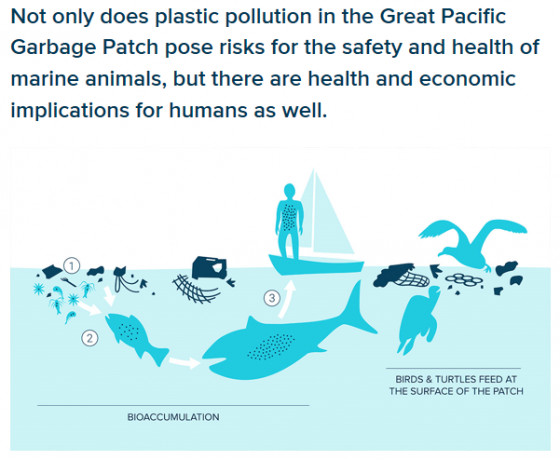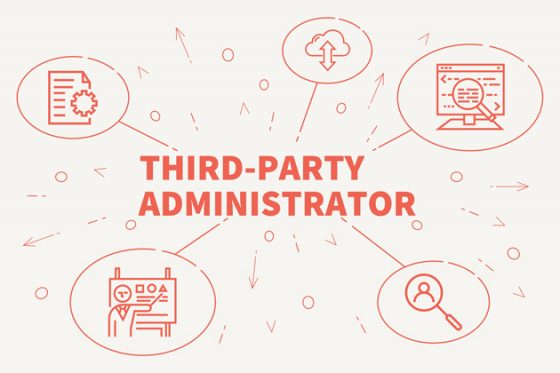 A giant island composed of plastic waste thrice the size of France is floating in the Pacific Ocean. The Great Pacific Garbage Patch (GPGP) contains 1.
A giant island composed of plastic waste thrice the size of France is floating in the Pacific Ocean. The Great Pacific Garbage Patch (GPGP) contains 1.
8 trillion pieces of plastic weighing 80,000 metric tons. It is located between Hawaii and California, which has the distinction of being the world’s largest accumulation zone for ocean plastics because it just happens to be where multiple sea currents meet and where the (mostly) plastic mass churns.
The GPGP was on Risk Management Monitor’s radar back in 2014 (and prior to that, as well) and even then, it was already considered one of the costliest man-made disasters in history. But new developments from the Ocean Cleanup Foundation (OCF) confirmed that the buoyant junk heap exceeds earlier projections of its size and scope. According to the OCF, the newly released estimates are four to 16 times higher than previously expected for the GPGP’s overall size. 92% of the mass is represented by larger objects; while only 8% of the mass is contained in microplastics, defined as pieces smaller than a quarter-inch in size.
“We were surprised by the amount of large plastic objects we encountered,” said Dr. Julia Reisser, chief scientist of the expeditions. “We used to think most of the debris consists of small fragments, but this new analysis shines a new light on the scope of the debris.”
The OCF has removal plans in motion and scientists said this situation also highlights the need for stronger recycling efforts.

Boyan Slat, founder of the OCF and co-author of the study, elaborated on the relevance of the findings for his organization’s cleanup plans: “To be able to solve a problem, we believe it is essential to first understand it. These results provide us with key data to develop and test our cleanup technology, but it also underlines the urgency of dealing with the plastic pollution problem. Since the results indicate that the amount of hazardous microplastics is set to increase more than tenfold if left to fragment, the time to start is now.”
OCF, which is privately funded, plans to remove the plastic heap using an autonomous floating system (composed of high-density polyethylene, a durable and recyclable material) designed to capture small plastic particles less than a half-inch and as large as tens of yards wide. Cleanup is expected to begin in the next six months and OCF models indicate that half of the GPGP can be removed by 2023. According to its website:
By removing the plastic while most of it is still large, we prevent it from breaking down into dangerous microplastics. Combining the cleanup with source reduction on land paves the road towards a plastic-free ocean in 2050.
Unfortunately, such a huge environmental risk is not limited to the Pacific.
Last month, a study released in Frontiers in Marine Science found lots of microplastics in the fish and marine life of the North Atlantic Ocean:
Using forensic methods, this study assessed microplastic frequency of occurrence in mesopelagic fish gut contents from a warm-core eddy in the Northwest Atlantic. We detected a significantly higher occurrence rate of 73% in contrast to previous studies reporting occurrence rates of 11% in the North Atlantic and 9% and 35% in the North Pacific Gyre regions.
In a recent USA Today article, one Frontiers study author reminded that just because these fish may be out of our physical reach, our waste knows no bounds.
“These seemingly remote fishes located thousands of kilometers (miles) from land and 600 meters (2,000 feet) down in our ocean are not isolated from our pollution,” said study co-author Tom Doyle, a marine biologist at the National University of Ireland in Galway.

 isn’t right, the risk manager may be left with poor claim outcomes, higher claims and insurance costs, and difficulty identifying issues and making corrections.
isn’t right, the risk manager may be left with poor claim outcomes, higher claims and insurance costs, and difficulty identifying issues and making corrections.